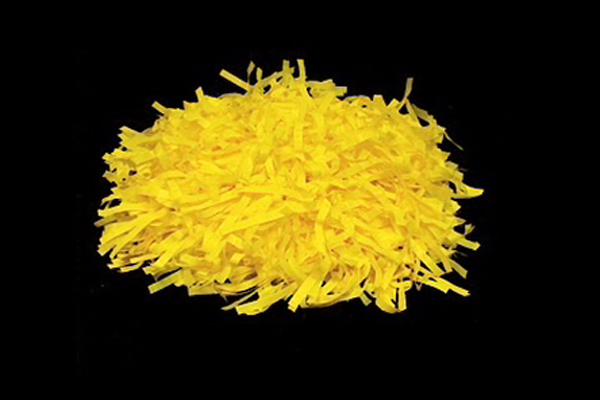CVI and the Evaluation of Functional Vision

In this webcast Dr. Christine Roman presents an overview of Cortical Visual Impairment (CVI), with a look at diagnosis, characteristic behaviors, functional vision evaluation, and strategies for intervention to improve functional vision. CVI is now the leading cause of visual impairment in children.
Diagnosis:
- Normal eye exam
- Big neurologic event
- 10 characteristic behaviors (listed below)
Characteristics of CVI:
- Color: unusual attention to color
- Movement: attention to movement
- Latency: delayed response to visual stimulus
- Complexity: difficulty with visual complexity
- Visual Field Differences: child may notice things on one side more clearly than the other, or in upper or lower field.
- Visual Novelty: child with CVI often prefers looking at things that are familiar
- Reflex Response: often don't respond when touched on bridge of nose or in response to visual threat
- Distance Viewing: often prefer near viewing
- Light Gazing: drawn to look at light
- Visually-Directed Reach: often unable to look and reach as a single action
Strategies include:
1. Using the child's preferred color to call attention to something (as with the yellow pompom above).

2. Decreasing visual clutter and thereby minimizing visual complexity

3. Presenting items against a plain black background with clear contrast
For more ideas, see strategies and resources on Paths to Literacy and Cortical Visual Impairment: An Approach to Assessment and Intervention by Dr. Christine Roman-Lantzy.
